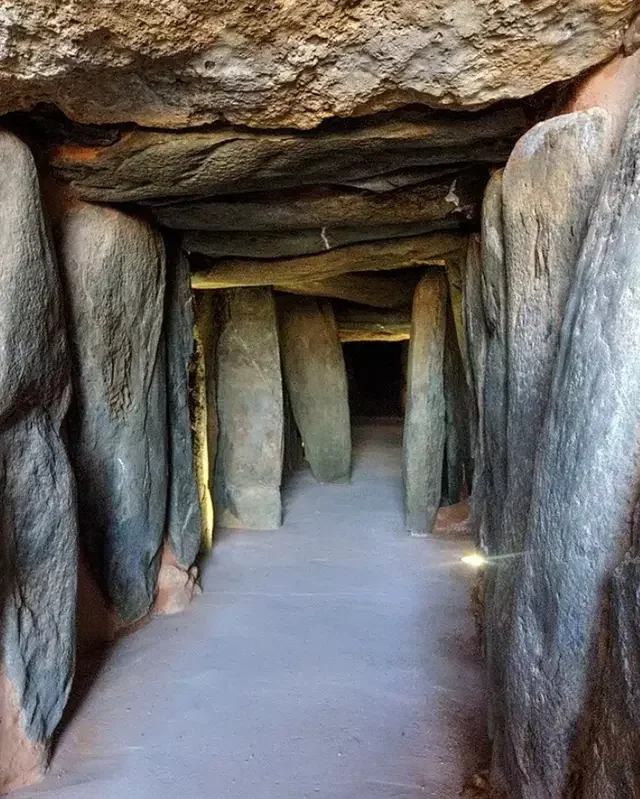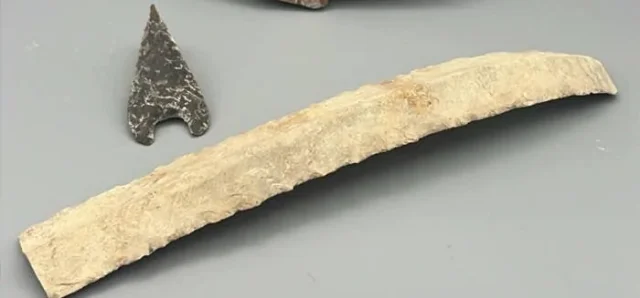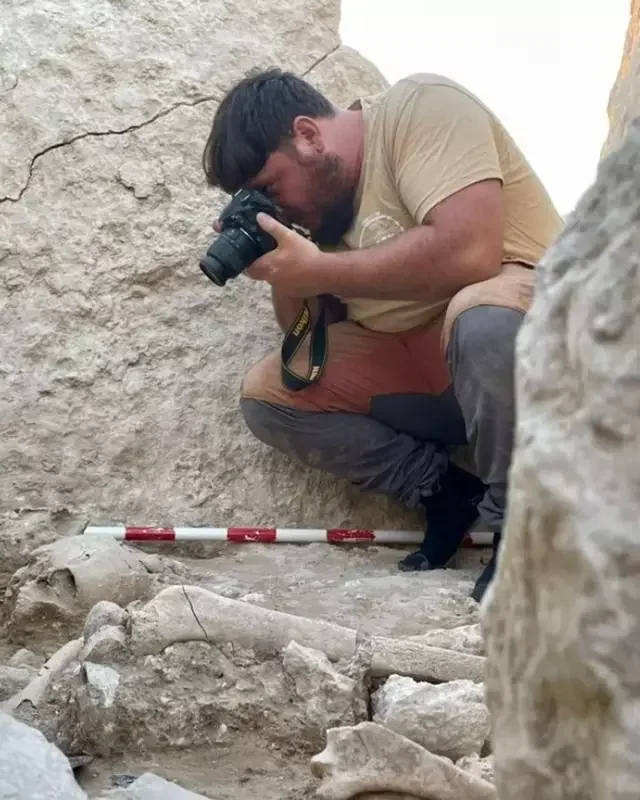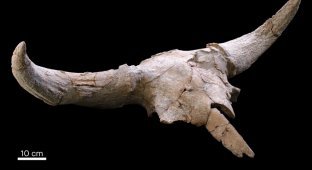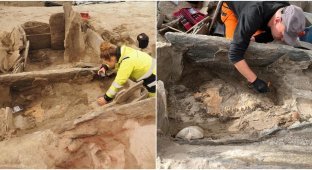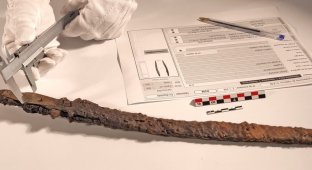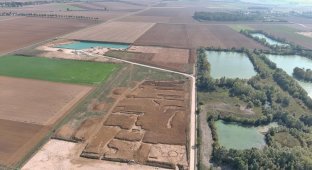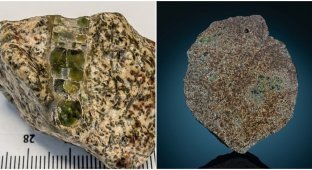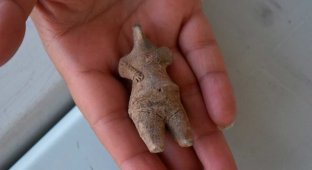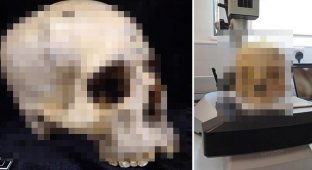A prehistoric dolmen with unique artifacts has been discovered in Spain (4 photos)
An archaeological discovery in Spain has become one of the most important events in megalithic research in recent decades. Near the city of Malaga, an ancient tomb dating back approximately 5,500 years, filled with human bones, was found. Let's find out all the details!
A team of scientists from the University of Cadiz, led by researchers Eduardo Vijande and Serafín Becerra, studied the site known as the La Lentejuela necropolis. This area is renowned for its many unique megalithic structures dating back to the late Neolithic and Chalcolithic periods.
The recently discovered dolmen is impressive in size: it is approximately 13 meters long, and the massive stone slabs are over two meters high. 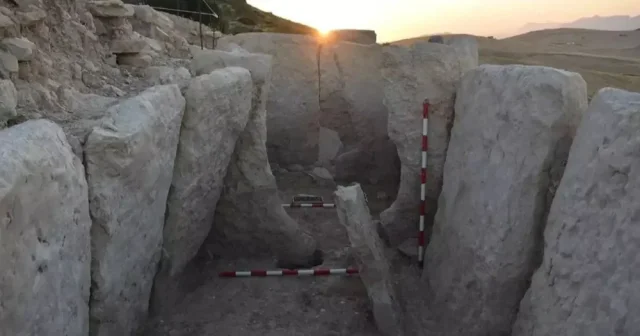
The monument's good condition gave scientists a unique opportunity to study in depth the funeral customs of the ancient peoples who built similar structures.
Researchers discovered several areas containing human remains inside the dolmen, as well as a variety of funerary items: flint arrowheads, large stone knives, a beautifully crafted halberd, and jewelry made of rare materials, including amber, ivory, and seashells. The presence of seashells far from the coastline indicates the existence of extensive trade links in ancient times.
This discovery sheds light on the structure of prehistoric societies in ancient Iberia. Similar monuments throughout Europe often served not only as burial sites but also as centers of religious ceremonies. Some of them are oriented toward astronomical events such as the solstices and may have been used as part of cosmological practices. 